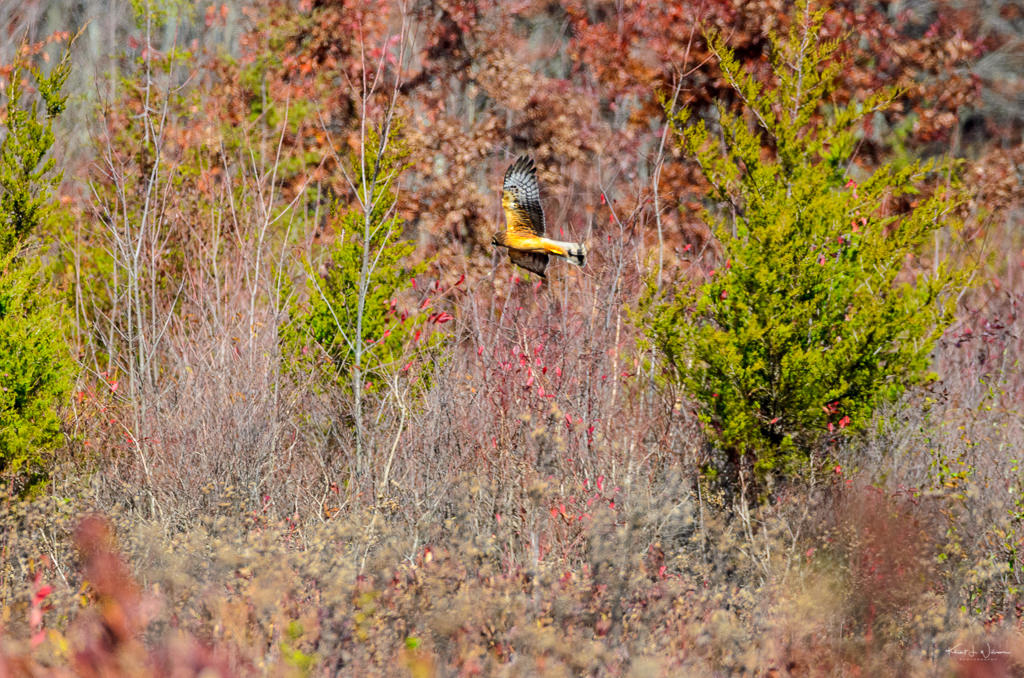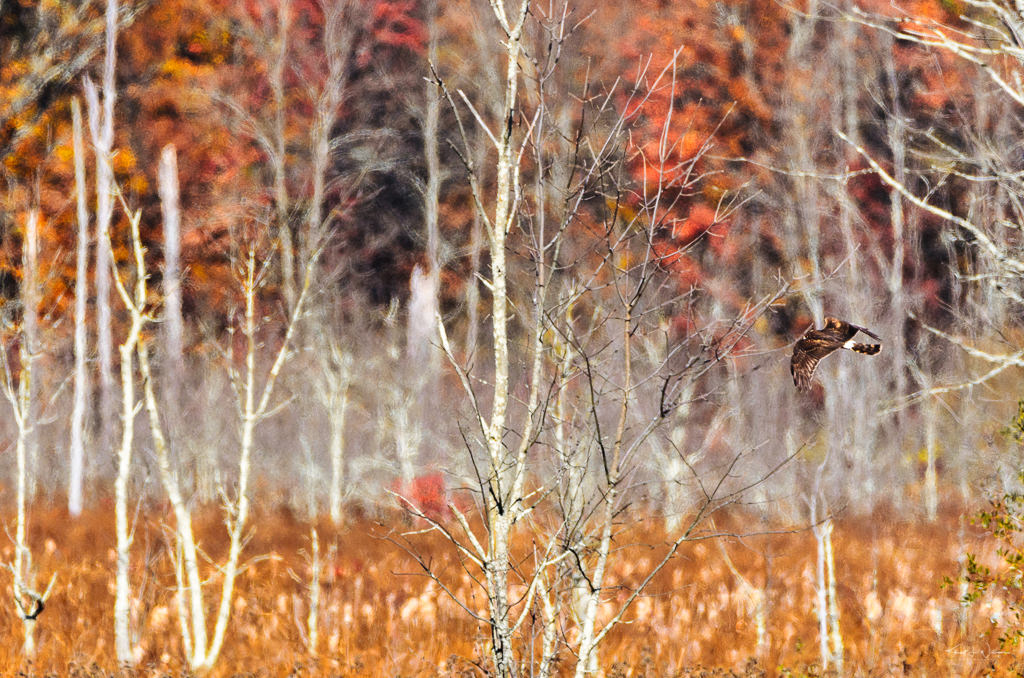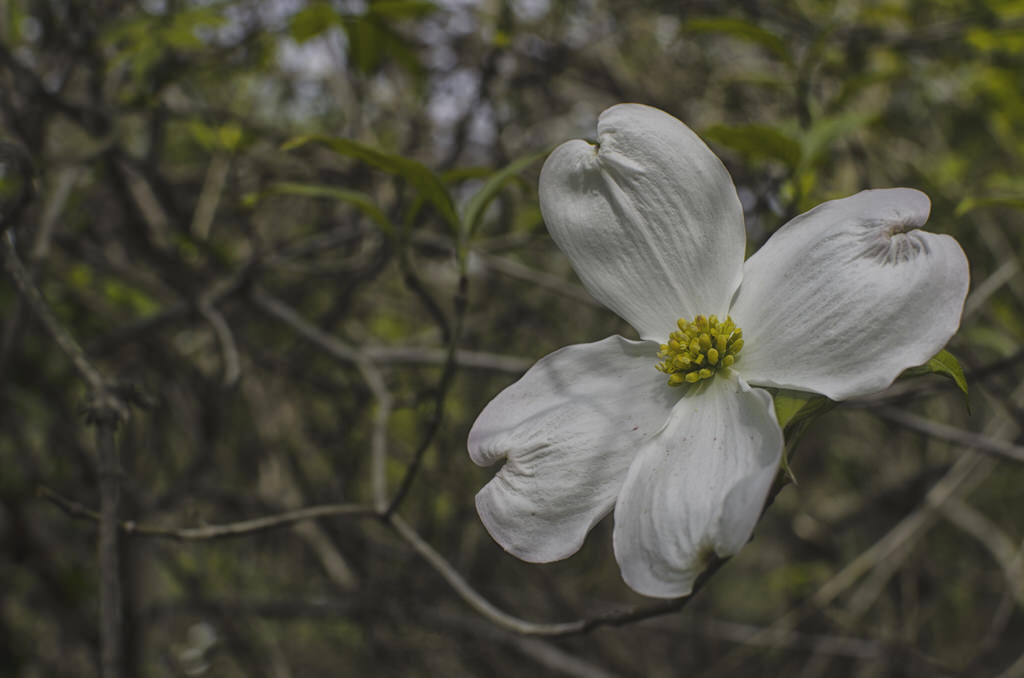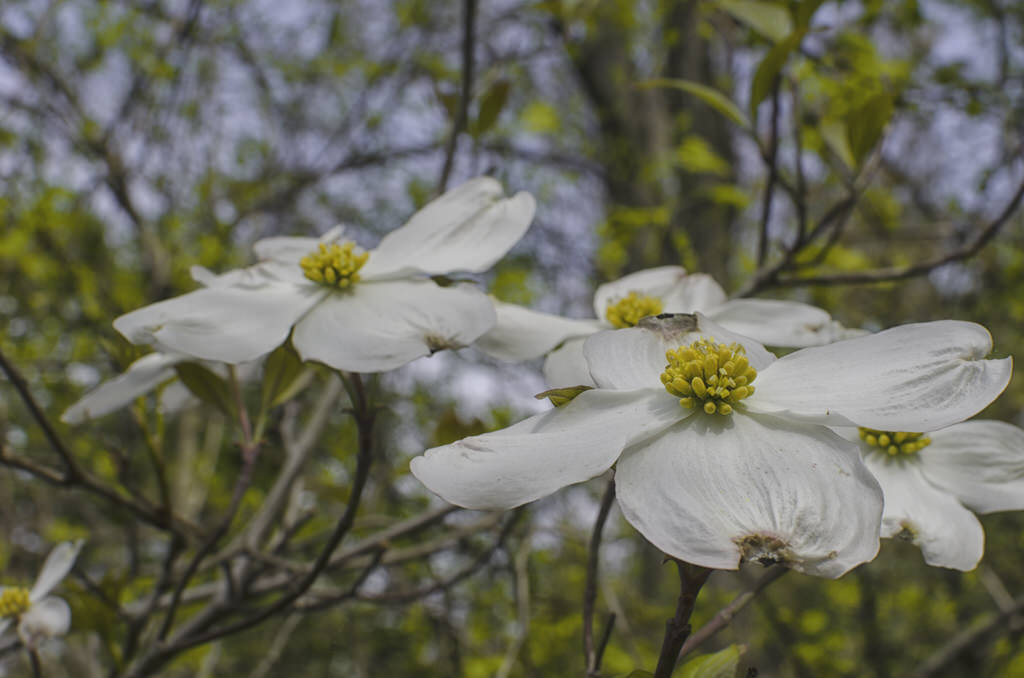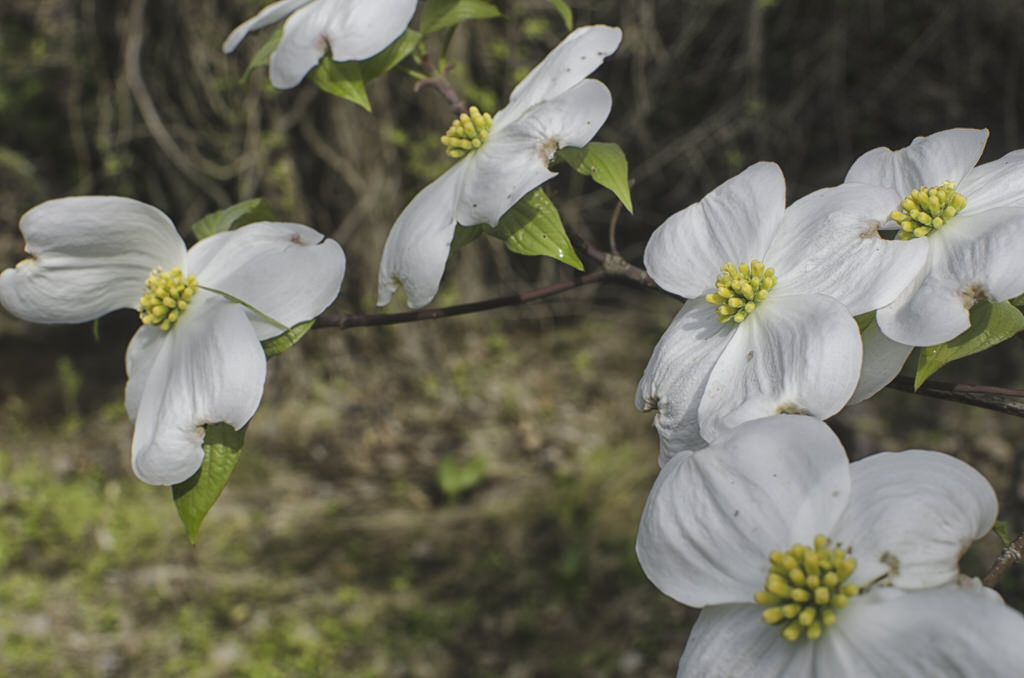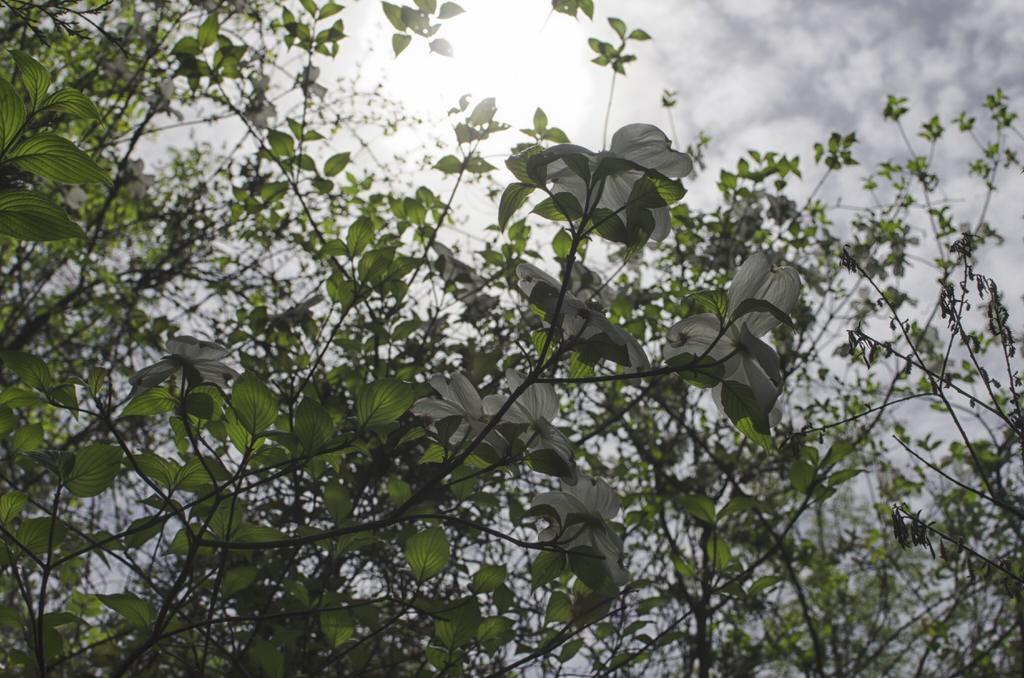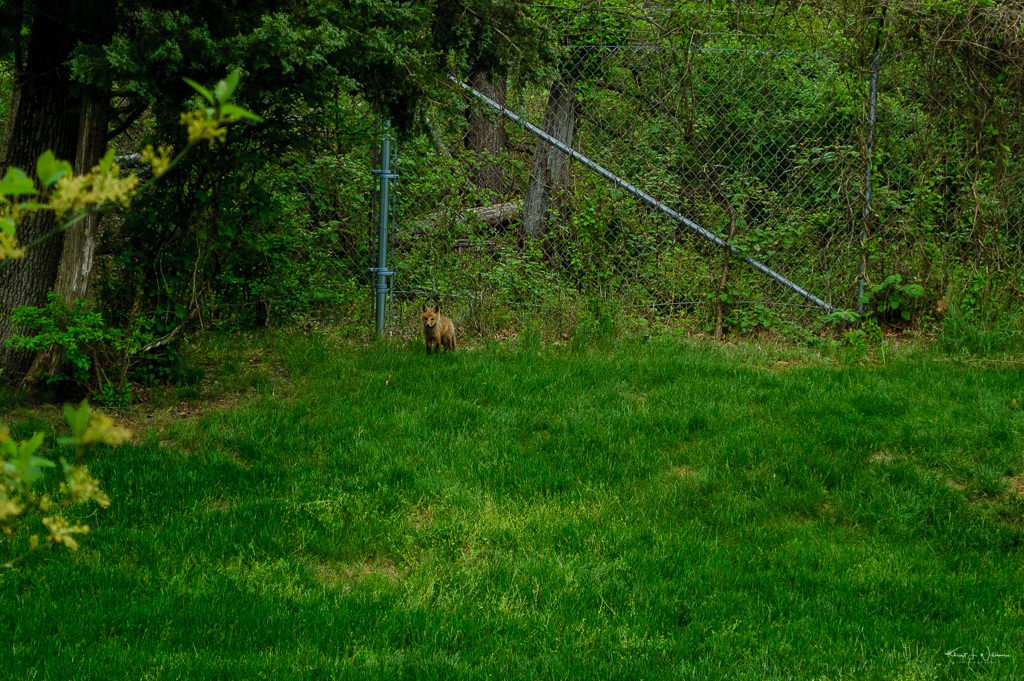In early November, I visited the Great Swamp Watershed National Wildlife Refuge in Morristown for the first time. The Photografriends meetup group organised a photo walk, and when I left home that morning, about ten people had registered. But only two of us showed up; myself and Howard Hoffman, an amateur photographer from Verona.
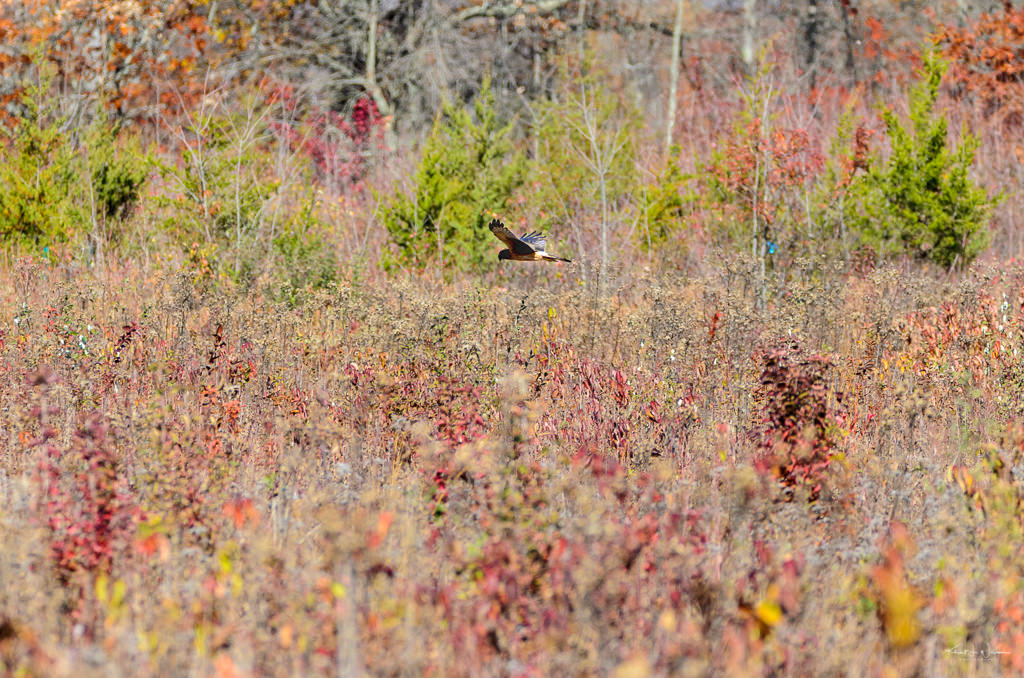
Howard and I hung out at the visitor centre for a few minutes, discussing which part of the refuge might be interesting this time of the year. One of the staff at the visitor centre warned us that due to a severe drought affecting the northern part of the state, the water level was shallow. The Great Swamp Watershed creatures would be hard to find, and that the birds had a tough time finding fish and other food.
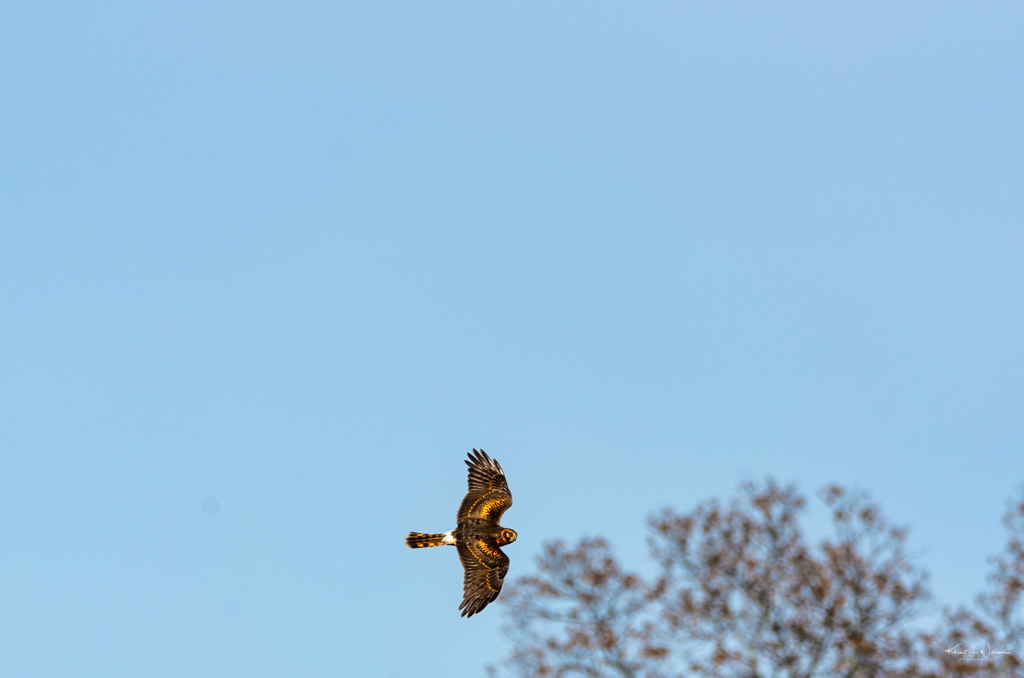
If you know what type of birds these are, please respond in the comments.
Getting up close to wild animals without spooking them is difficult and, in some cases -- e.g. bears -- not recommended. A photographer needs a long-range zoom for nature and wildlife photography that provides a broad focal range to capture subjects at a great distance. I don't own such a lens. For this field trip I rented a Sigma 150-600mm f/5-6.3 DG OS HSM Contemporary for Nikon. On my Nikon D5100, the Sigma 150-600mm f/5-6.3 DG OS HSM Contemporary offers the near equivalent focal length of a 225-900mm lens on a 35mm full-frame body. The Sigma 150-600mm f/5-6.3 DG OS HSM Contemporary lens is heavy! It was a coincidence, but Howard owned this lens and had it attached to his camera. I explained my inexperience, and he patiently offered a quick tutorial on using the lens.
The most popular places to see birds and mammals are Pleasant Plains Road and the wildlife observation blinds at the Wildlife Observation Center. For viewing reptiles and amphibians, the boardwalks at the Wildlife Observation Center is the best area. Given our limited time, Howard and I decided to try the drive along Pleasant Plains Road.
On our first stop, we noticed someone spotting through binoculars, so we stopped hoping for something. It took a long time, but we spotted a bird hunting something in the brush far away along the tree line. I struggled to operate the lens while tracking the bird and pushing the shutter button.
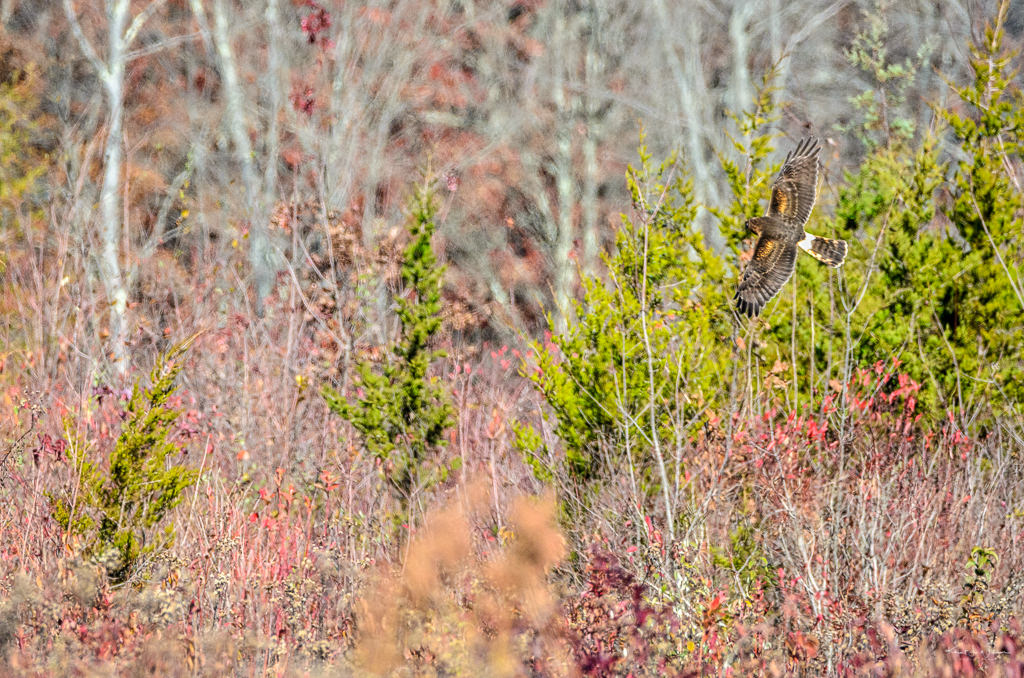
We waited at this spot for a while before continuing our quest, moving onward a little further down the road. We had much better luck finding birds, but I still struggled using the lens. It's heavy; birds move quickly, and with my inexperience, I could not track and shoot as well as I had hoped. It was a very windy day, and most of the birds were flying into the wind. We were downwind, so I did not capture many "facial" images.
We found a field where a flock of small birds flew back and forth between a set of trees. Occasionally they would disappear into the brush. I can only assume they were feeding on some insects.
I had promised to see Marvel's Dr Strange with Shaan and Kiran, and I was tired and started to shiver from the chill wind. Around noon, Howard and I agreed to quit. We either had keepers or junk, but I think we both enjoyed sharing the experience.
I think Bhavna and the kids might enjoy a visit to the Great Swamp Watershed in the spring. I hope to be back with the camera, a lighter lens and improved skills.
